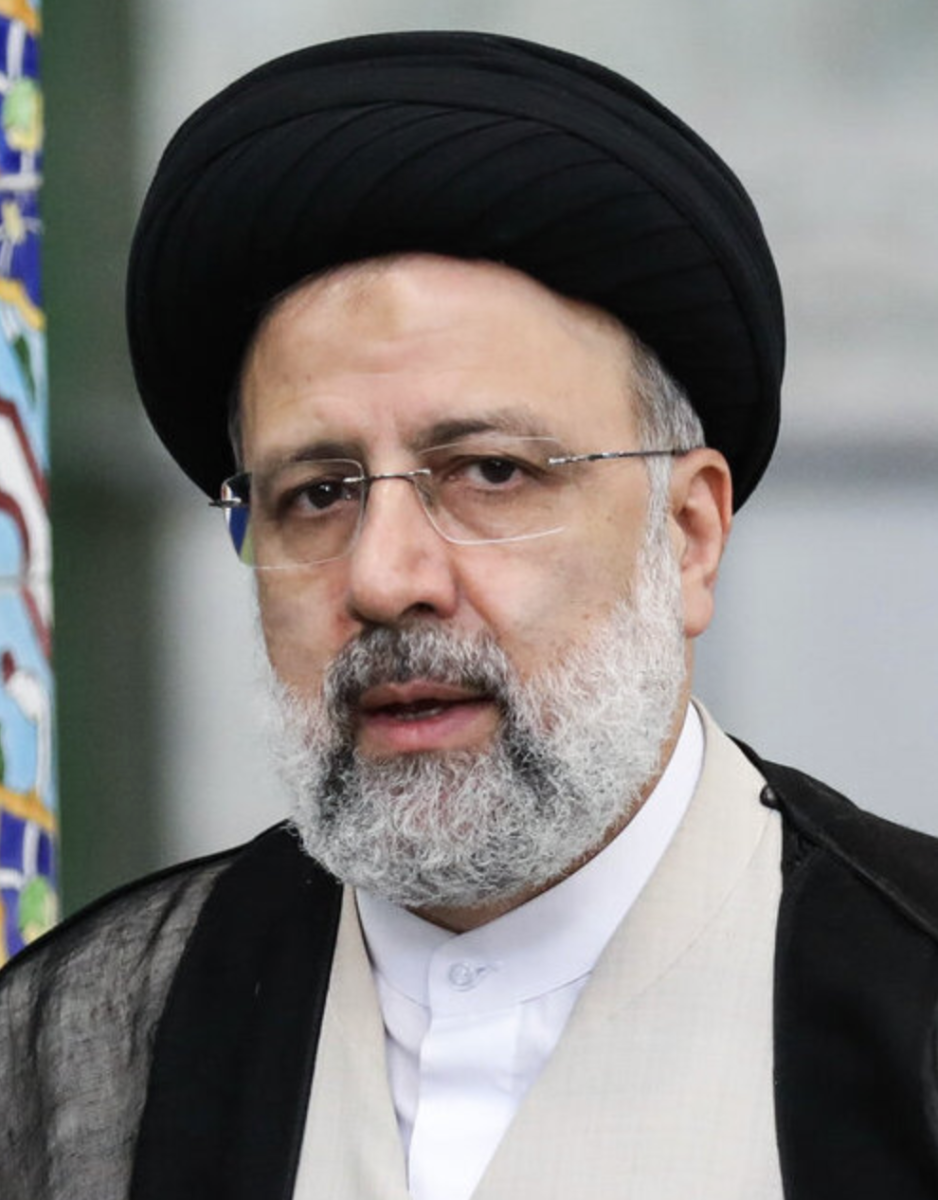Last week on May 20, Iranian president Ebrahim Raisi, the forefront successor to Iran’s supreme leader Ayatollah Ali Khamenei, died when his helicopter crashed in a mountain range near the Azerbaijan border. All 8 government officials present on the helicopter, including Raisi, were pronounced dead.
While Iranian officials have attributed the crash to foggy and hazardous weather, some speculate that the crash may have been motivated by foul play, especially when considering Iran’s recent involvement in the Israel-Palestine conflict, their relationship with the U.S, their growing nuclear program, and their deep-rooted alliance with Russia. However, Iran has yet to respond to these speculations and have yet to provide any evidence for a possible assassination attempt directed at Raisi.
Following Raisi’s death, Khamenei announced Iranian vice president Mohammad Mokhber as the interim president and set June 28 as the date for the next presidential election. In response to Raisi’s death, Iran has also entered a period of mourning for the fallen president. “I announce five days of mourning and offer my dear condolences to the people of Iran,” Khamenei proclaimed.
While Raisi’s death does come at a time of growing disarray among Iran, his death will most likely not alter the state of Iranian politics as he was closely tied with Supreme Leader Khamenei. As such, his death will most likely not change Iran’s relationship with the U.S as U.S Defense Secretary Lloyd Austin has mentioned that he does not see “any broader regional security impacts at this point in time.” However, his death does present an issue towards Iran’s succession of Supreme Leader. As Khamenei is in his 80s right now, Raisi was the forefront candidate to succeed Khamenei as Supreme Leader upon his death. However, with Raisi’s death, the title of supreme leader is most likely going to go to Khamenei’s son which prompts the issue of a hereditary succession in a system that originally served as an alternative to monarchy.













